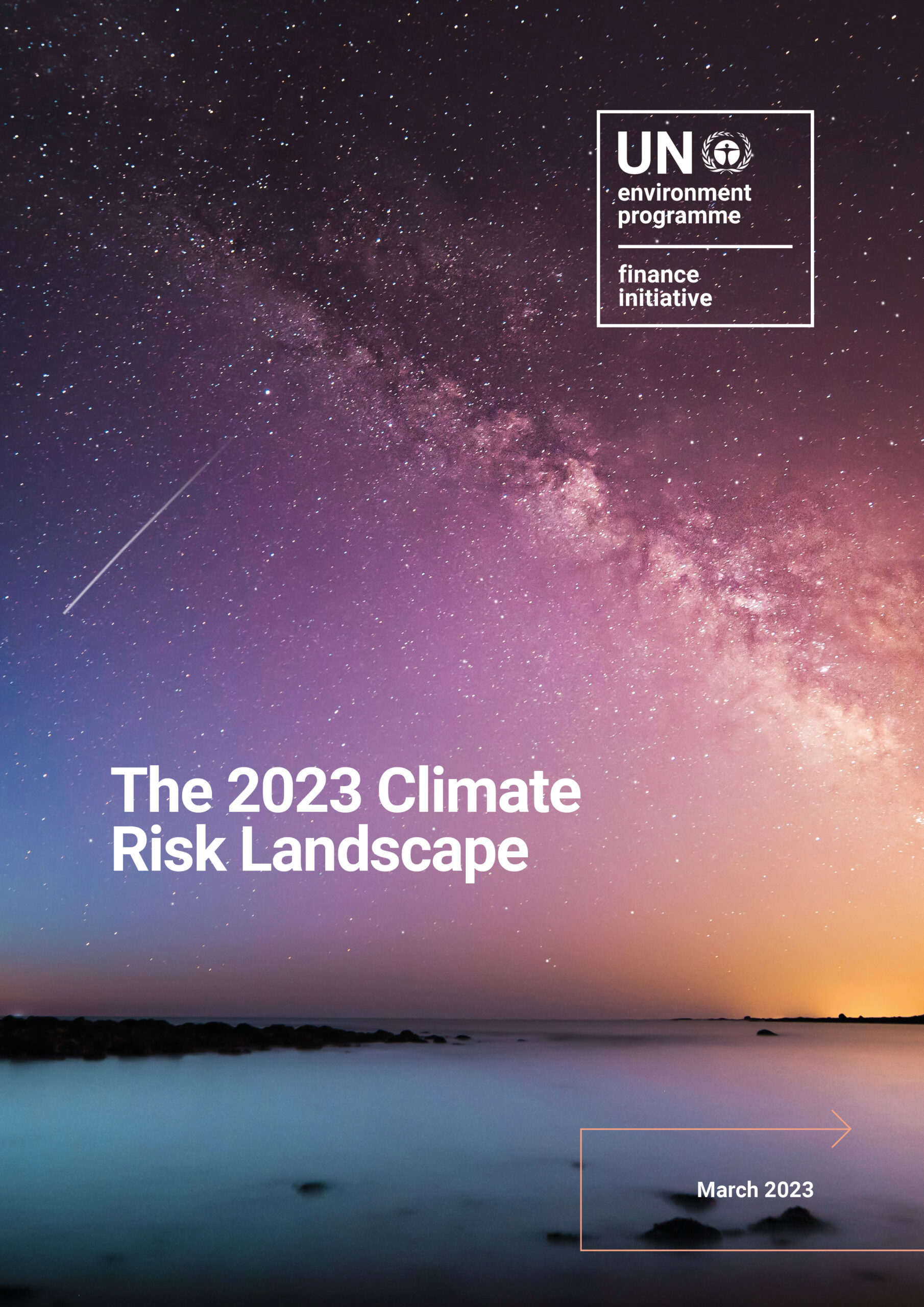Geneva 16 August 2021 – A new report investigating the extent that real estate markets are pricing in risk from the physical impacts of climate change has been published today. In line with increasing investor and regulator requests for forward-looking analyses of assets and portfolios, the authors sought to better understand the variables that can feed into financial modelling and investment decision-making. The results are published jointly with UNEP FI and its partners from the Henley Business School at the University of Reading (UK) and the Brookfield Centre of Real Estate and Infrastructure at the Schulich School of Business, York University (Canada).
The researchers reviewed published literature for empirical findings on value and price changes and shifts in market behaviour linked to recent extreme weather events and sea level rise. They also investigated the channels through which values and prices are influenced, e.g., property cash flow, capitalisation rates, and financing. Conclusions from the literature can inform how owners and investors consider climate risk in real estate transactions and property holds.
The review shows a growing body of literature dedicated to physical climate risk but that significant knowledge gaps remain. The extent to which climate change is presently capitalised in assets and markets is unclear. Income effects are largely absent from the literature, whereas empirical evidence suggests that financing risk (through lender risk premiums or insurability concerns), and capitalisation (through reduced liquidity) are emerging as channels impacting prices and value. There is some indication that investors respond to governance capacity and investments in resilience in geographies where they hold assets, but the extent to which this puts a floor under asset values or creates a value premium for real estate is difficult to quantify.
Investors are clearly more aware that physical risk can factor into capital allocation decisions. More so, the IPCC Sixth Assessment Report released last week makes clear that changes to natural systems from greenhouse gasses already emitted are irreversible for centuries and potentially millennia, and that every additional GHG emitted amplifies these changes. Yet overall, there is a dearth of evidence and data sets to which investors and other market participants have access to determine the interaction between present and future climate hazard exposure, market sentiment (including proactive investment in resilience), and asset value and pricing.
How investors price climate risk will be influenced by actions of lenders, insurers, occupiers, regulators and government, and forward analysis depends upon better data and information flows. To that end, the report recommends further collaborative work be undertaken for improving market surveillance; shaping financial and valuation modelling practices; strategising for public and private investment planning in local area resilience; and in research to build the evidence base for climate risk analysis and disclosure.
Download the report here.


